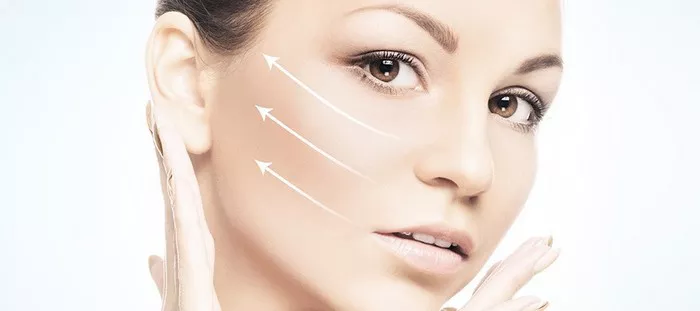Embarking on the journey of enhancing facial aesthetics often leads individuals to explore various cosmetic procedures, with buccal fat removal standing out as a popular option. This surgical technique, designed to sculpt the face by reducing fullness in the cheek area, has garnered attention for its ability to create a more defined and contoured appearance. In this comprehensive guide, we unravel the intricacies of buccal fat removal, delving into the procedure, its benefits, potential risks, and what one can expect throughout the transformative process.
The Essence of Buccal Fat Removal
Buccal fat removal, also known as cheek reduction surgery, is a cosmetic procedure designed to address excess fat in the lower cheek area. This surgical intervention aims to create a more sculpted and refined facial contour by selectively removing a portion of the buccal fat pad. The procedure is typically performed on an outpatient basis and involves making small incisions on the inside of the cheeks, allowing for discreet and virtually invisible scars. Understanding the fundamentals of the surgery is crucial for individuals considering buccal fat removal as a means of facial enhancement.
The Ideal Candidate
Determining if buccal fat removal is the right cosmetic intervention requires an understanding of the ideal candidate for the procedure. Individuals with a rounded or overly full appearance in the lower cheeks, despite a healthy body weight, may find this surgery beneficial. It’s essential for candidates to have realistic expectations and a clear understanding of the outcomes buccal fat removal can achieve. Consulting with a qualified and experienced cosmetic surgeon is the first step in assessing candidacy and exploring the potential benefits of the procedure.
The Consultation Process
A thorough consultation with a qualified cosmetic surgeon is an integral part of the buccal fat removal journey. During this process, the surgeon evaluates the patient’s facial anatomy, discusses the individual’s goals and expectations, and assesses overall health. This personalized approach allows the surgeon to tailor the procedure to the unique characteristics of each patient, ensuring a result that complements their natural features while achieving the desired facial contour. Clear communication and a collaborative decision-making process are fundamental aspects of the consultation phase.
The Surgical Procedure
Buccal fat removal is a surgical procedure that typically takes one to two hours to complete. The surgeon begins by making small incisions on the inside of the cheeks, avoiding visible external scars. Through these incisions, the surgeon delicately removes a portion of the buccal fat pad, sculpting the lower cheeks for a more contoured appearance. The amount of fat removed is carefully determined to achieve the desired outcome while maintaining a natural and proportionate look. The meticulous nature of the surgery requires precision and expertise on the part of the surgeon.
Recovery and Downtime
Understanding the recovery process is crucial for individuals undergoing buccal fat removal. Following the procedure, patients can expect some swelling and bruising in the treated area, which typically subsides within a few weeks. It’s essential to follow post-operative care instructions provided by the surgeon, which may include dietary restrictions, avoiding strenuous activities, and attending follow-up appointments. While initial results may be visible shortly after surgery, the final outcome becomes more apparent as the swelling diminishes, revealing the sculpted and refined facial contours.
Potential Risks and Considerations
As with any surgical procedure, buccal fat removal carries inherent risks and considerations that individuals must weigh before making a decision. While complications are rare, they can include infection, asymmetry, and unfavorable scarring. It’s crucial for patients to thoroughly discuss these potential risks with their surgeon during the consultation phase and adhere to pre and post-operative guidelines to minimize the likelihood of complications. Open and transparent communication with the surgeon is paramount in navigating the decision-making process and ensuring a well-informed choice.
Long-Term Results
The long-term results of buccal fat removal become increasingly evident as the healing process unfolds. Patients often experience a more defined and sculpted lower face, with enhanced cheekbones and a rejuvenated overall appearance. The permanence of the results contributes to the enduring satisfaction of individuals who choose buccal fat removal as a means of facial enhancement. While the aging process continues, the positive impact of the procedure endures, providing patients with a lasting transformation that aligns with their aesthetic goals.
Conclusion
In conclusion, buccal fat removal represents a transformative journey toward facial refinement and sculpting. This surgical procedure, with its meticulous approach and personalized nature, offers individuals an opportunity to achieve a more contoured and defined appearance in the lower face. From the initial consultation to the recovery period and beyond, the process of buccal fat removal requires careful consideration, collaboration with a skilled surgeon, and a commitment to post-operative care. For those seeking lasting facial enhancement, buccal fat removal stands as a valuable option in the realm of cosmetic procedures, providing a pathway to renewed confidence and satisfaction.

